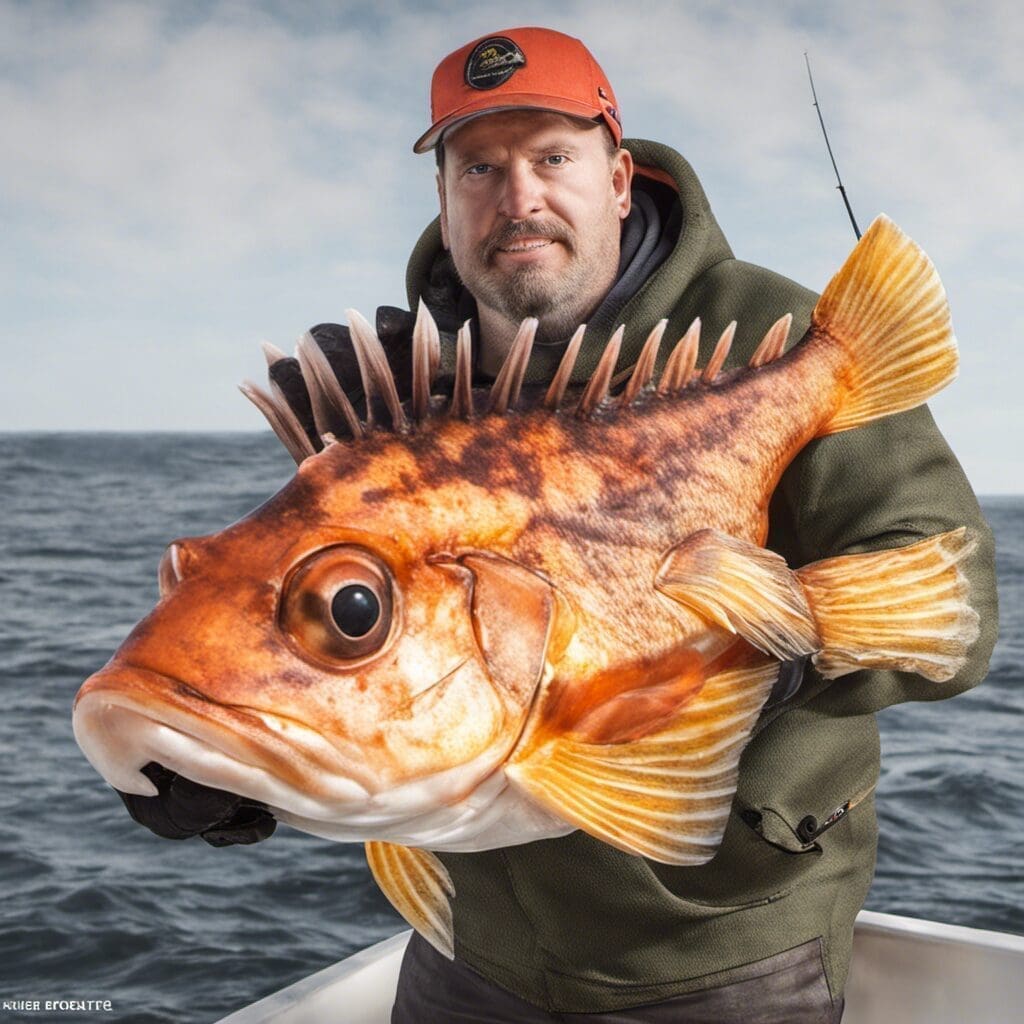Introduction
Species Name and Family Name
The Canary Rockfish (Sebastes pinniger) is a species of marine fish in the family Sebastidae, which includes rockfishes and thornyheads. These tenacious fish are known for their bright, canary-yellow coloration, earning them their colorful moniker.
Conservation Status
Current Status
According to the International Union for Conservation of Nature (IUCN), the Canary Rockfish is currently listed as of Least Concern (LC). However, populations have experienced significant declines in the past due to overfishing.
Conservation Efforts
Today, strict management measures, such as fishing limits and protected areas, have been implemented to protect the remaining populations of Canary Rockfish. These efforts have helped stabilize some populations, but sustained vigilance is necessary.
Statistics
| Length (Average) | 30 cm |
|---|---|
| Length (Range) | 15-60 cm |
| Weight (Average) | 1 kg |
| Weight (Range) | 0.5-2 kg |
| Average Lifespan | Up to 75 years |
| Other Stats | Reaches sexual maturity around 5-10 years |
Distribution
Regions/Countries
Canary Rockfish are most frequently found along the Pacific Coast of North America, from Alaska to northern Baja California, Mexico.
Migration Patterns
They don’t exhibit pronounced migratory behavior, but their distribution is known to shift in response to changes in water temperature and food availability.
Habitats
Water Type, Depth Range, Temperature Range
Canary Rockfish inhabit saltwater environments, specifically rocky reefs and structures, from shallow coastal waters to depths of up to 800 meters. They prefer cooler waters, usually between 8°C and 14°C.
When and Where to See
Seasonal Patterns, Time of Day
Canary Rockfish are commonly seen during summer months, but can be present year-round depending on the water temperature. They can be spotted any time during day, but are often more active during dusk and dawn.
Best Fishing Locations
Top Places
- Prince William Sound, Alaska
- Puget Sound, Washington
- Columbia River, Oregon
- Monterey Bay, California
- Pacific Rim National Park, British Columbia, Canada
General Tips
Look for areas with rocky structures or reefs. Remember, Canary Rockfish have a strong affinity for cover.
How to Catch
Preferred Bait or Lures, Fishing Techniques
Artificial lures and live bait such as prawns or fish strips can both be effective.
Identification Guide
Physical Characteristics
Canary Rockfish are identified by their deep, compressed bodies; spiny dorsal fins; and distinctive, bright yellow to orange coloration.
Culinary
How to Cook, Taste Profile, Nutritional Information
Canary Rockfish offers a mild, sweet flavor and a medium-firm texture. They’re low in fat but high in protein, making them a healthy choice.
Additional Information
Behavior (Feeding habits, mating rituals, etc.), Predators and Threats
Canary Rockfish are opportunistic feeders, their diet consists mostly of small fish, squid, and shrimp. Mating occurs during winter months when females release eggs into the water to be fertilized by males. Their main predators include seals, sharks, larger rockfish, and human beings.
Cultural/ Historical Significance
In Native American folklore, rockfish are known as symbols of abundance and transformation.
References and Further Reading
Additional information can be found in various scientific and popular publications about marine biodiversity and fisheries. A wealth of online resources like FishBase and IUCN Red List also provide detailed species accounts.

